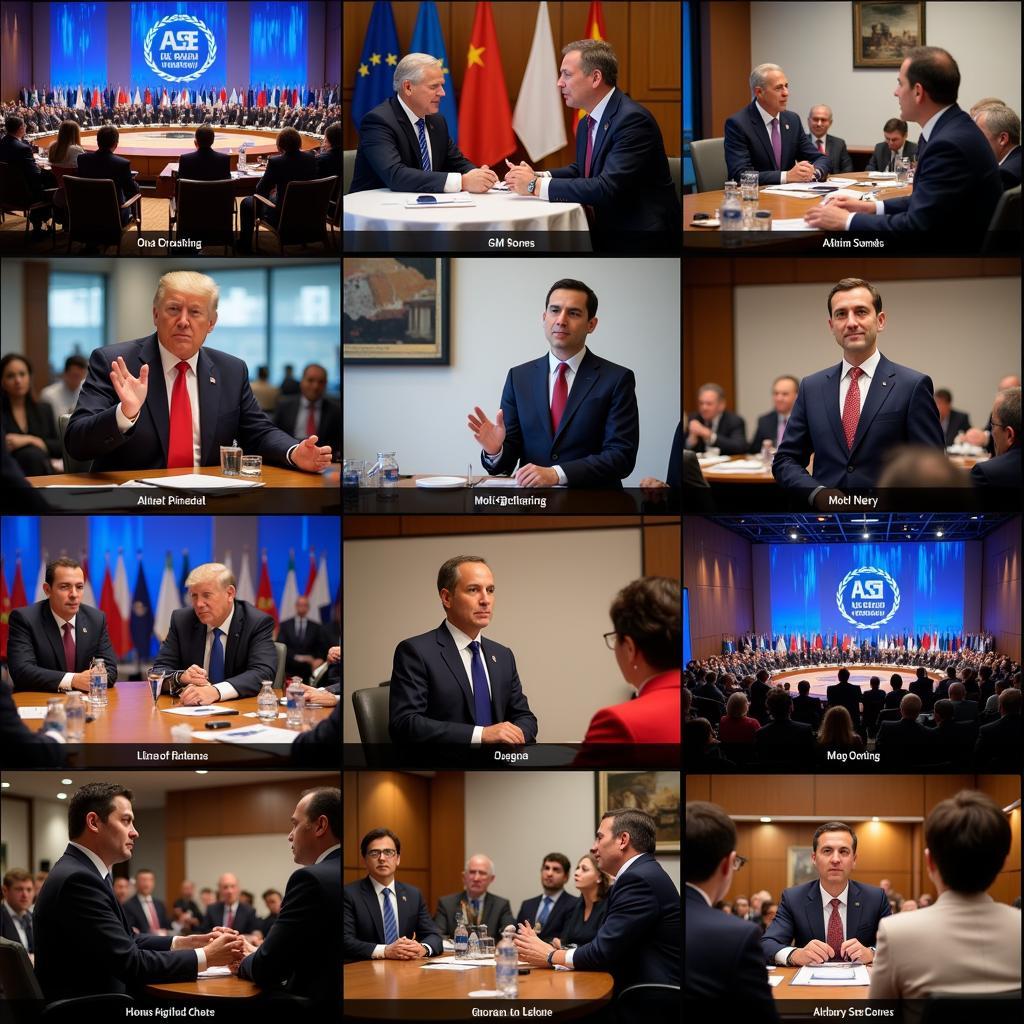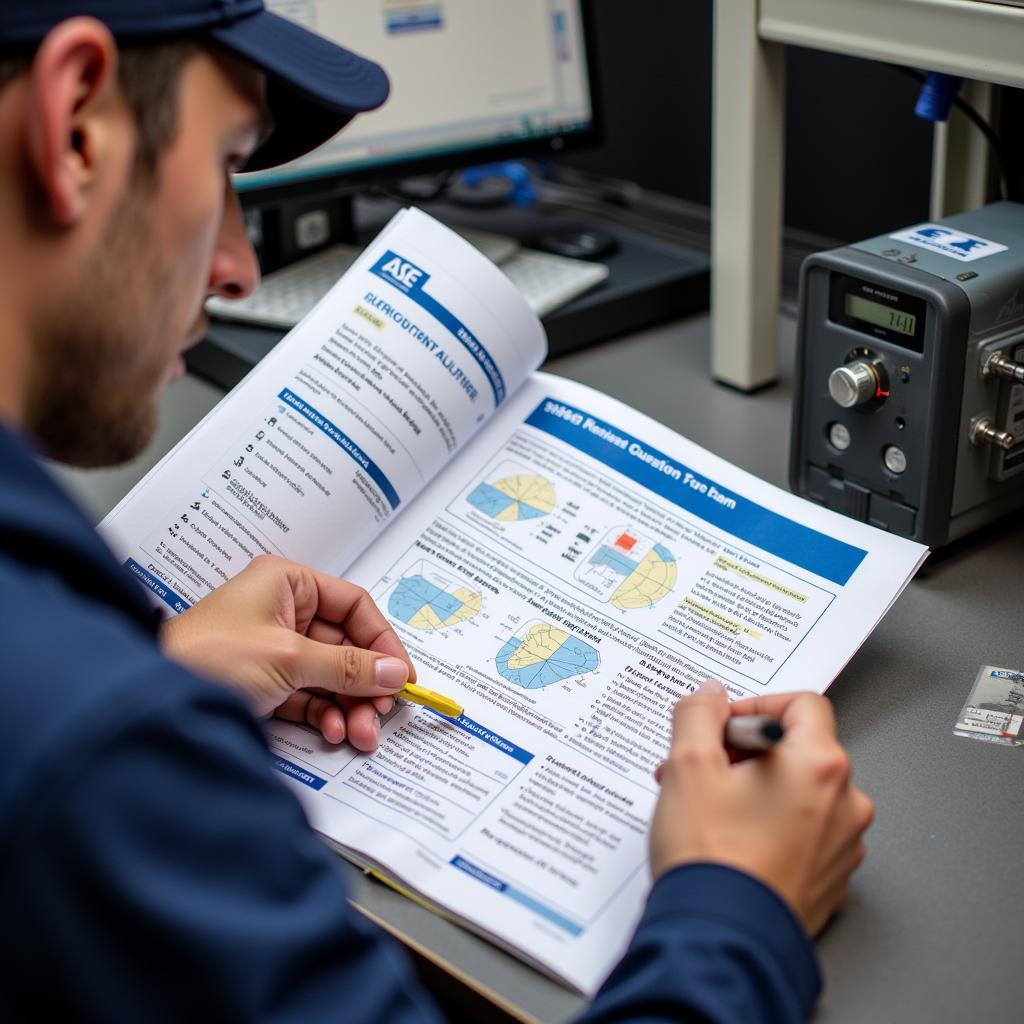The ASEAN region, with its booming economies and intricate trade networks, presents a goldmine of opportunities for businesses worldwide. At the heart of this dynamic landscape lies the crucial role of ASEAN warehousing – the backbone ensuring smooth logistics and efficient supply chain management.
Understanding the ASEAN Warehousing Landscape
Choosing the right warehousing solution can be the defining factor between seamless integration and logistical nightmares, especially when navigating the diverse and vibrant ASEAN market. Unlike established markets, ASEAN presents a unique set of advantages and challenges that shape its warehousing sector.
Advantages of ASEAN Warehouses
Several factors contribute to the burgeoning warehousing sector in ASEAN:
- Strategic Location: Situated at the crossroads of major shipping routes, ASEAN offers unparalleled access to global markets.
- Cost-Effectiveness: Compared to developed economies, ASEAN countries offer lower labor and operational costs, making them attractive for warehousing solutions.
- Booming E-commerce: The rise of e-commerce in ASEAN has fueled the demand for sophisticated warehousing and fulfillment centers.
Challenges and Considerations
While the advantages are plentiful, businesses must be aware of the unique challenges in ASEAN warehousing:
- Infrastructure Disparities: The level of infrastructure development varies significantly across ASEAN nations, impacting warehousing capabilities and connectivity.
- Regulatory Complexities: Navigating the different customs regulations and legal frameworks within ASEAN can be complex.
- Skilled Labor Shortages: Finding skilled labor, especially in logistics and supply chain management, can be a challenge in some ASEAN countries.
Key Trends Shaping ASEAN Warehousing
The ASEAN warehousing landscape is constantly evolving, driven by technological advancements and shifting market dynamics. Here are some key trends to watch:
- Technology Adoption: Warehouses are increasingly adopting automation, robotics, and data analytics to optimize operations and enhance efficiency.
- Sustainable Warehousing: There is a growing emphasis on sustainable warehousing practices, including energy efficiency and green building certifications.
- Demand for Specialized Warehousing: The need for cold storage, hazardous materials storage, and other specialized facilities is on the rise.
 ASEAN Warehouse Technology
ASEAN Warehouse Technology
Choosing the Right ASEAN Warehouse Partner
Selecting the right warehousing partner is crucial for success in the ASEAN market. Consider these factors:
- Location Expertise: Choose a partner with in-depth knowledge of the specific ASEAN markets you wish to target.
- Technology and Infrastructure: Ensure your chosen partner has the technological capabilities and infrastructure to meet your specific needs.
- Industry Experience: Look for a provider with a proven track record in your industry and a deep understanding of your specific requirements.
ASE Vacuum Lifters: A Case Study in ASEAN Warehousing Solutions
ASE vacuum lifters exemplify innovative solutions within the ASEAN warehousing sector. These lifters optimize handling processes for diverse materials, enhancing efficiency and safety in warehouse environments.
The Future of ASEAN Warehousing: A Hub of Growth and Innovation
The ASEAN warehousing sector is poised for continued growth, driven by the region’s economic dynamism and increasing global trade. By understanding the opportunities and challenges, and by partnering with the right providers, businesses can leverage ASEAN warehousing to unlock unprecedented growth and success in one of the world’s most promising markets.
FAQs About ASEAN Warehousing
1. What are the key industries driving warehousing demand in ASEAN?
E-commerce, electronics, consumer goods, and pharmaceuticals are some of the leading industries driving the demand for warehousing solutions in ASEAN.
2. What are the typical warehouse lease terms in ASEAN?
Lease terms vary across ASEAN countries but generally range from 3 to 5 years, with options for renewal.
3. What are the key considerations for choosing a warehouse location in ASEAN?
Proximity to ports, airports, and major transportation routes, along with access to skilled labor and infrastructure, are key factors to consider.
4. Are there government incentives for warehousing investments in ASEAN?
Many ASEAN countries offer tax incentives, grants, and other forms of support to attract foreign investment in logistics and warehousing infrastructure.
5. What are the key challenges faced by the ASEAN warehousing sector?
Infrastructure gaps, regulatory complexities, and a shortage of skilled labor are some of the key challenges faced by the sector.
Exploring Further: Additional Resources
For those seeking deeper insights into specific aspects of the ASEAN market, the following resources provide valuable information:
- ASE Bicycle Warehouse: Explore specialized warehousing solutions for the growing bicycle industry in ASEAN.
- ASE GS1: Learn about the importance of GS1 standards in streamlining supply chains and enhancing traceability in ASEAN warehousing.
Need Support with Your ASEAN Warehousing Needs?
Contact us today at Phone: 0369020373, Email: [email protected], or visit us at our office located in Thon Ngoc Lien, Hiep Hoa, Bac Giang, Vietnam. Our dedicated customer support team is available 24/7 to assist you.

